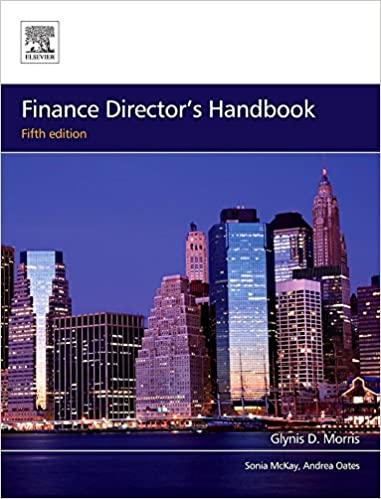Question
a. When the going interest rate is 4 percent, the value of Series A bonds would be $____. (Round to the nearest cent.) When the

a. When the going interest rate is 4 percent, the value of Series A bonds would be $____. (Round to the nearest cent.)
When the going interest rate is 9 percent, the value of Series A bonds would be $_____(Round to the nearest cent.)
When the going interest rate is 15 percent, the value of Series A bonds would be $_____.(Round to the nearest cent.)
When the going interest rate is 4 percent, the value of Series B bonds would be $_____. (Round to the nearest cent.)
When the going interest rate is 9 percent, the value of Series B bonds would be $____(Round to the nearest cent.)
When the going interest rate is 15 percent, the value of Series B bonds would be $_____.(Round to the nearest cent.)
Please solve step by step all the sections that need to be answered in the question.
(Bond relationship) Mason, Inc. has two bond issues outstanding, called Series A and Series B, both paying the same annual interest of $110. Series A has a maturity of 12 years, whereas Series B has a maturity of 1 year. a. What would be the value of each of these bonds when the going interest rate is (1) 4 percent, (2) 9 percent, and (3) 15 percent? Assume that there is only one more interest payment to be made on the Series B bonds. b. Why does the longer-term (12-year) bond fluctuate more when interest rates change than does the shorter-term (1-year) bond? a. When the going interest rate is 4 percent, the value of Series A bonds would be $ (Round to the nearest cent.)Step by Step Solution
There are 3 Steps involved in it
Step: 1

Get Instant Access to Expert-Tailored Solutions
See step-by-step solutions with expert insights and AI powered tools for academic success
Step: 2

Step: 3

Ace Your Homework with AI
Get the answers you need in no time with our AI-driven, step-by-step assistance
Get Started


